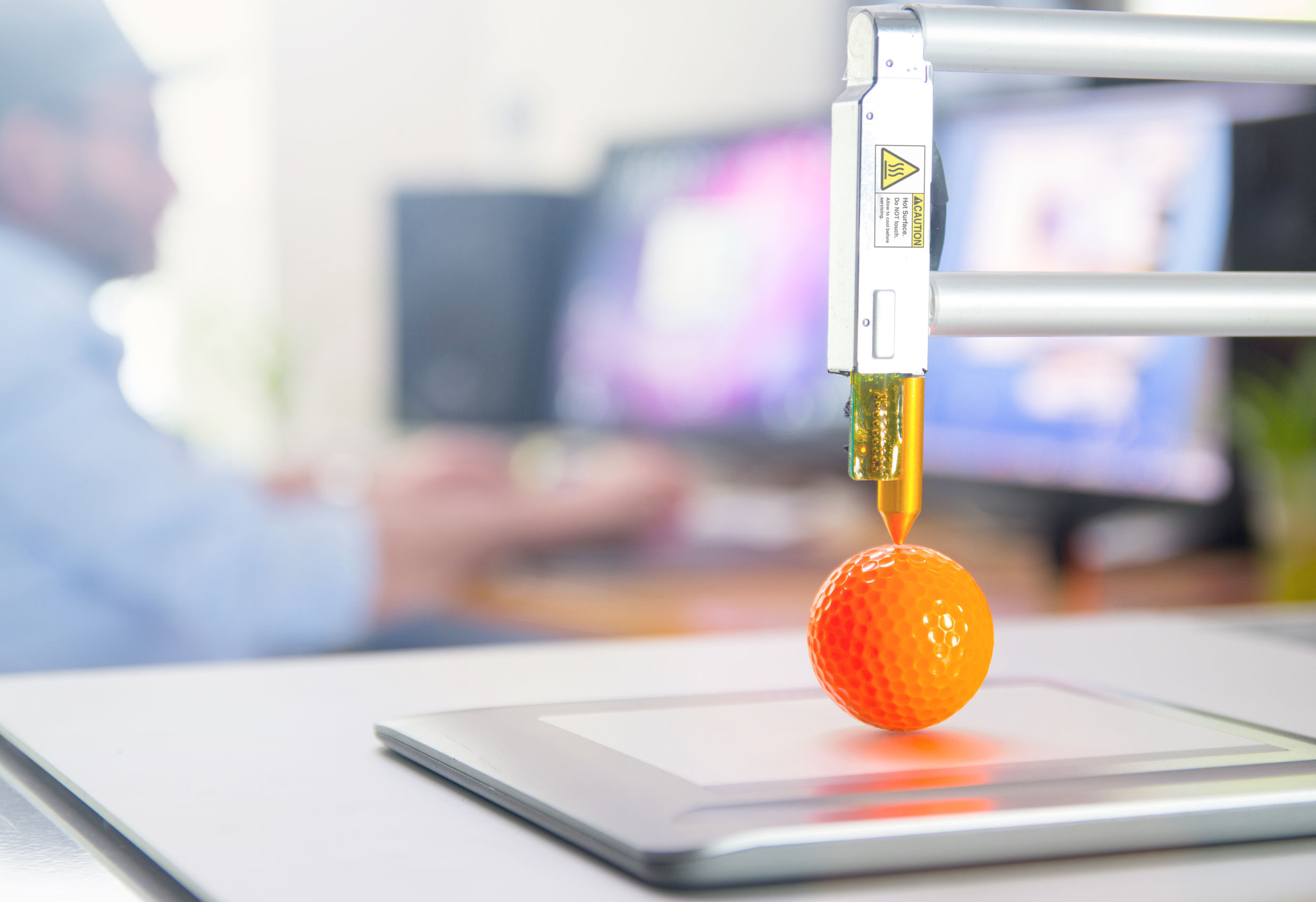Additive manufacturing — otherwise known as 3D printing — has revolutionized numerous industries when it comes to the development of new parts and components. Not only does additive manufacturing allow for the more precise building of parts, but it can also make them lighter, more durable, and higher performing. Below is a list of five key industries that are benefitting from this new technology.
How Does Additive Manufacturing Work?
Before reviewing the five key industries, you may be wondering, what is additive manufacturing, and how does it work? Essentially, it is another term for 3D printing and is a process whereby three-dimensional objects are created from computer-aided design software. Objects are created on a computer, scanned, and then built layer by layer using a 3D printing machine. Some of the materials used in the additive manufacturing process include ceramics, plastic, metal, and powders.
Key Industries
Aerospace
Aerospace was one of the first industries to start using additive manufacturing. Not only do aerospace companies require high-quality, performance-standard parts and components, but they must also meet stringent standards. Additive manufacturing allows aerospace engineers to design complex parts that are strong, durable, and lightweight by printing more precise geometries and reducing the need for superfluous material. This process allows engineers to create parts and components that produce lower CO2 emissions and reduced costs.
Medical
Another area where additive manufacturing has come to the fore is in the medical industry. This includes new advancements in surgical grade components, implant devices, dental devices, specialized instrumentation, orthopedic implant devices, custom saw and drill guides, and more. The benefit of 3D printing in the medical industry is the potential for creating life-saving devices, implants, and surgical tools that can greatly benefit doctors and their patients.
Automotive
Like the aerospace industry, automotive manufacturers are also capitalizing on 3D printing to build new designs that are durable and lightweight. Additive manufacturing allows automotive companies to develop high-quality components that are safer and can withstand harsh weather conditions. As well as improving the durability and build of automotive vehicles, 3D printing also allows manufacturers to consolidate parts, reduce inventory, and make repairs with just a single part.
Energy
While less obvious, additive manufacturing is also making advancements in the energy industry. As this sector requires the development of corrosion-resistant components that can withstand extreme weather conditions, 3D printing allows them to produce efficient, lightweight, and environmentally friendly parts for the oil, gas, and energy industries. This includes parts such as turbine nozzles, rotors, flow meter parts, pressure gauge pieces, pump manifolds, stators, and more.
Consumer Products
When it comes to consumer products, 3D printing is beneficial because it speeds up the design process. Rather than spending huge amounts of time creating prototypes for stakeholders, additive manufacturing allows companies to create samples much more quickly, which also means a faster production turnaround.
3D printing is also useful for producing detailed and realistic iterations early in the product development life cycle. This is especially useful in the electronics, sporting goods, and entertainment industries.




